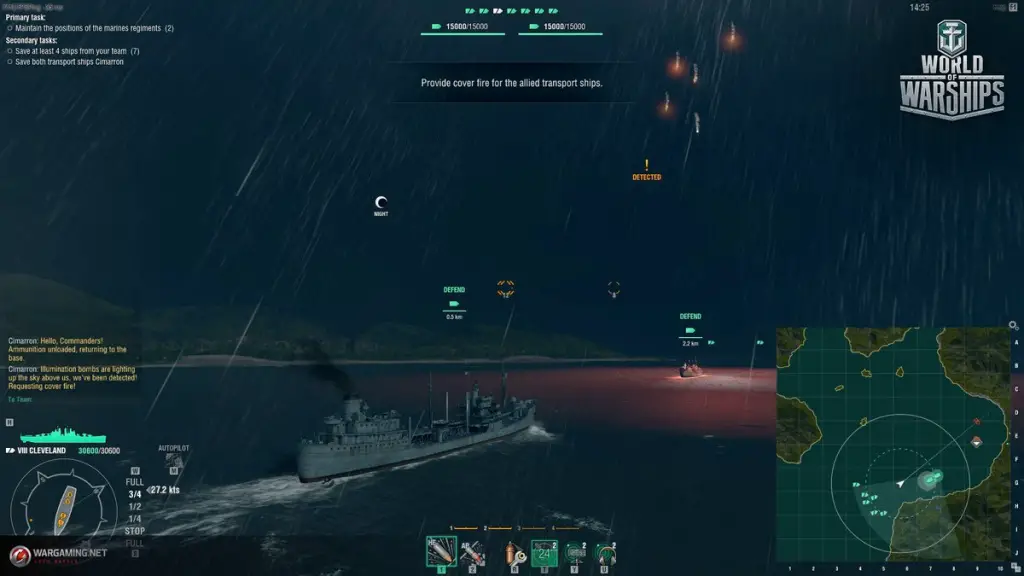
This is what it means to be a global Navy, sailing wherever international law allows.” Additionally, the press release declared that these combined naval operations had two intended purposes: (1) to “demonstrate seamless integration among allies” and (2) to “assert freedom of navigation.”About this second purpose, the commander of the destroyer squadron stated, “It was great to be operating in the Barents Sea again. Navy in the Barents Sea since the mid-1980s. Navy’s press release highlighted that these were the first “surface” operations conducted by the U.S. Naval Forces Europe/Africa, headquartered in Naples, Italy. ships were under the operational command of Commander, U.S. Given that these operationswere conducted within a body of water located among the coastlines and island groups of twoEuropean coastal states(i.e., Norway and Russia), the U.S. Air Force RC-135 reconnaissance aircraft. Navy P-8A maritime patrol and reconnaissance aircraft and a U.S.

This group of surface ships also received air supportduring these operations from a U.S. Naval Ship to provide them with logistical support during their operations.

Navy Arleigh Burke-class destroyers and one Royal Navy Duke-class frigate, all of which were accompanied by a U.S. Navy announced publicly that a group of warships had entered the Arctic waters of the Barents Sea to “conduct maritime security operations.” The ships participating in these combined operations included three U.S.


 0 kommentar(er)
0 kommentar(er)
